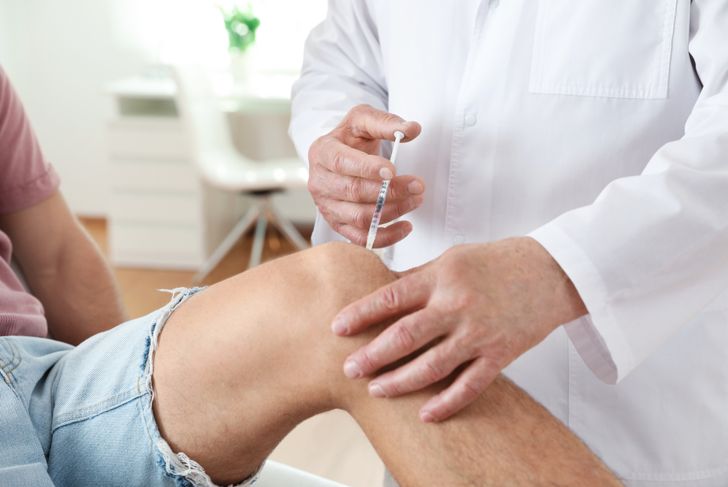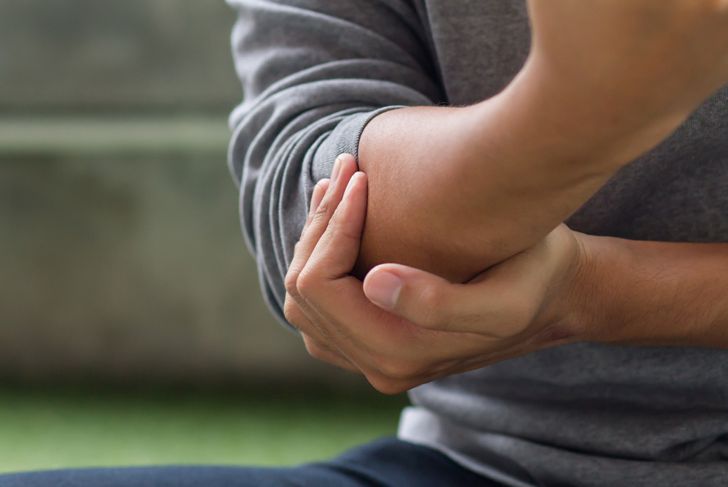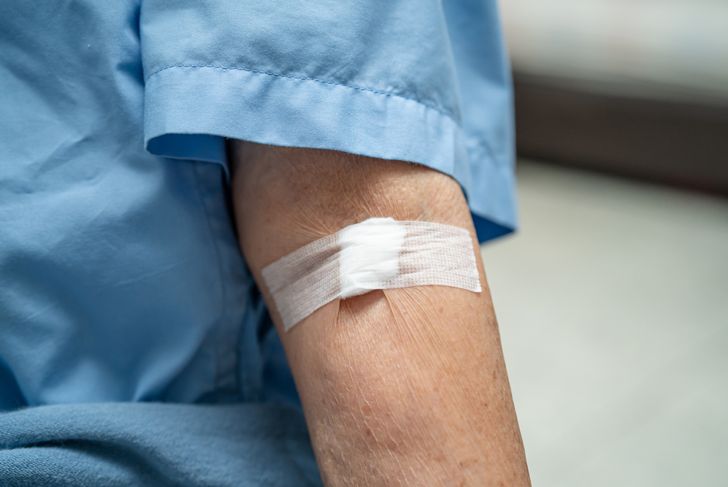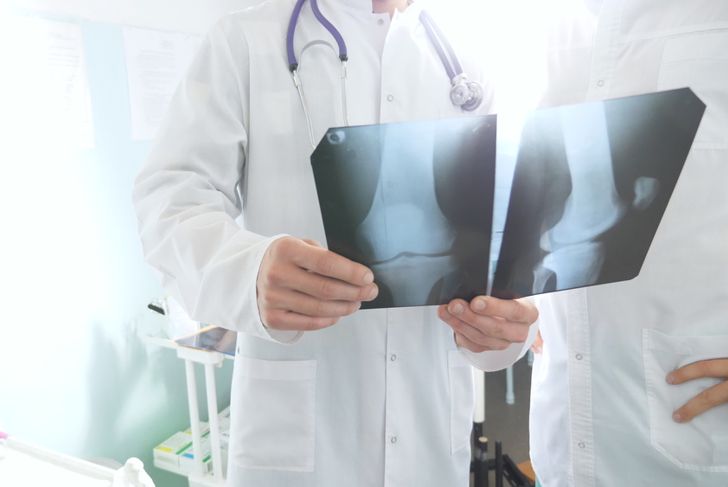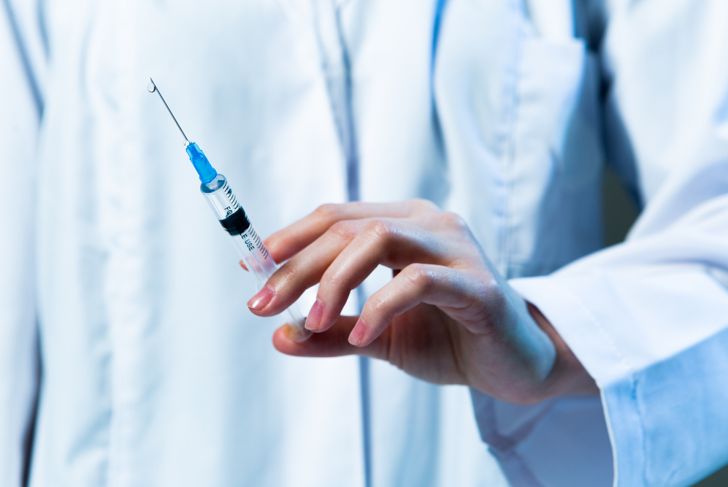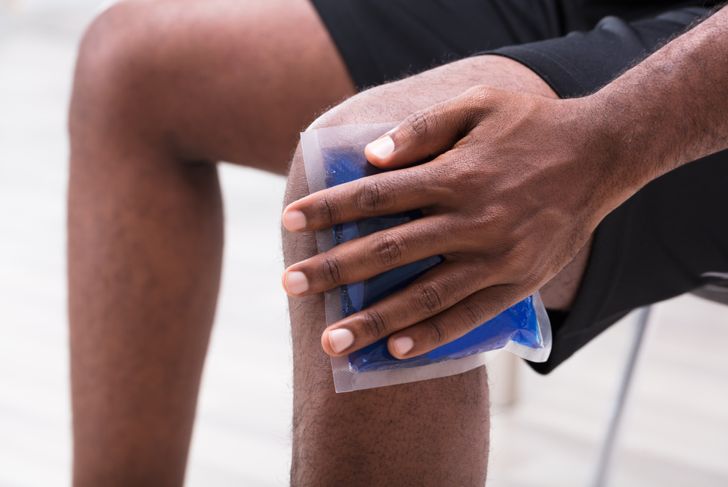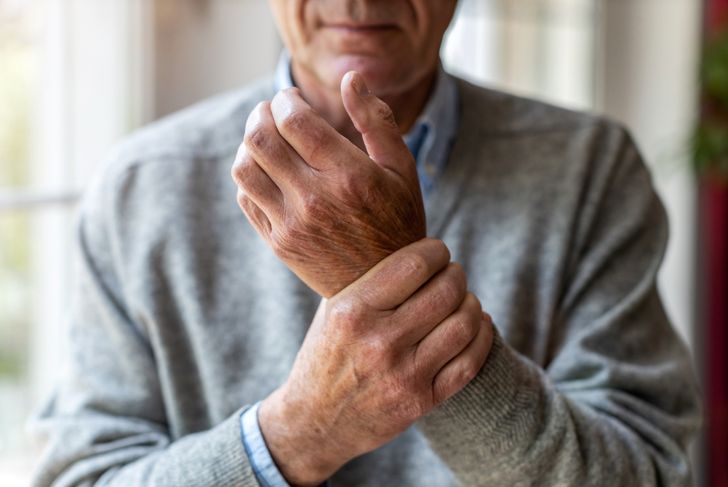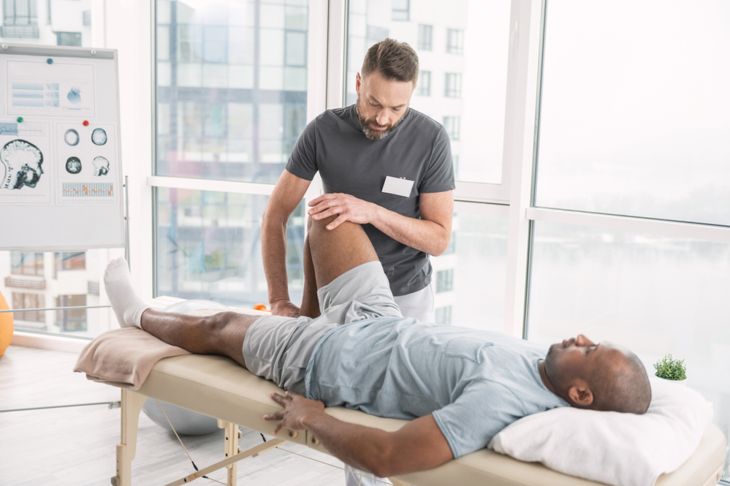Prolotherapy, also known as proliferation therapy, is a procedure some physicians use to help people with persistent joint pain or inflammation of a tendon. This non-surgical procedure involves a series of injections that stimulate the body’s natural repair and healing process. Prolotherapy can lead to long-term pain relief and poses minimal risks, although the patient response varies. It is sometimes referred to as a complementary or alternative technique and is most often used in cases that don’t respond to traditional treatments.
What is Prolotherapy?
Prolotherapy is a technique where a technician injects a solution into an injured or damaged area of tissue, including joints or tendons, to promote healing. One common solution is a mixture of lidocaine (a numbing agent), sugar, and sterile water. For the treatment to be effective, the patient must receive two to five injections, repeated every two to six weeks over several months. Another form of prolotherapy involves injecting platelet-rich plasma into the injured or damaged area.
How Does Prolotherapy Work?
The goal of prolotherapy is to get the injured areas to heal naturally. The injections stimulate the body’s inflammatory response to help the areas repair and heal. The method is usually introduced after other treatments fail and the areas have been painful or inflamed for at least 3 months. Unlike some treatments that simply reduce pain, prolotherapy activates and enhances the body’s repair mechanisms that promote healing and repair.
What Are the Benefits of Prolotherapy?
The goal of prolotherapy is to reduce pain and inflammation and help the tendon or joint heal. Reducing pain improves functionality so the patient can get around better and do their daily activities with fewer limitations. Without the ability to get around, muscles can lose strength and become smaller in size. The objective is to get a person back on their feet and more active as quickly as is safely possible, with less pain.
What is Prolotherapy Used For?
Doctors may prescribe prolotherapy for chronic conditions involving muscles, tendons, or joints. Some doctors prescribe it as a treatment for tendinopathy, inflammation, or degeneration of tendons. Tendinopathy usually develops from the overuse or repetitive activity involving the tendon. Tennis elbow falls into this category, as does tendonitis — where the tendon is either inflamed or has small areas of degeneration. Prolotherapy is also sometimes used to treat osteoarthritis, though it is not recommended for certain joints, like the hip joints.
What Are the Risks and Side Effects of Prolotherapy?
The most common risks and side effects of prolotherapy are pain at the injection site, bleeding, and bruising. Some people also experience a short-term increase in pain after the procedure. Since all injections have some risks, it’s important to choose a clinic or physician who is experienced with this technique and does it frequently.
Preparing for Prolotherapy
Before a prolotherapy session, the doctor looks at any relevant x-rays and imaging studies to ensure the correct area will receive the injection. Prior to the procedure, it’s important to be hydrated. Unlike surgery, it’s okay to eat a meal before a prolotherapy session. It’s also essential that the prolotherapy provider know if you’re taking medications. Be sure to follow any instructions and recommendations that the clinic gives you before, during, and after the procedure.
During the Prolotherapy Procedure
The prolotherapy procedure usually takes around 30 minutes. First, the doctor or technician numbs your skin using a topical lidocaine cream. Then, they clean the area to kill any bacteria and inject the prolotherapy solution into the designated area. The injection should not cause significant pain due to the numbing cream. Afterward, they may apply ice to the area to reduce swelling.
Recovery from Prolotherapy
Recovery from prolotherapy is usually quick, although it’s possible to experience an increase in pain for a few days right after the injection. The doctor who administered the treatment may recommend placing ice on the injected area to reduce swelling. It’s best to take it easy for a few days afterward and avoid vigorous exercise.
Is Prolotherapy Effective?
Studies show that prolotherapy may reduce pain and stiffness and improve functionality in people with knee or finger arthritis. However, another study found limited evidence that it’s effective for treating Achilles tendonitis. A study in people with rotator cuff tendonitis found prolotherapy reduced pain and improved shoulder function, although it didn’t accelerate healing.
Alternative Treatments
Prolotherapy is not usually considered until other therapies have failed. Therapies physicians might try first include anti-inflammatory medications, physical therapy, and corticosteroid injection into the joint. These treatments aren’t always effective and have side effects, too. A physician can recommend the approach that’s safest and offers the most benefits, based on the patient’s history, physical exam, and imaging results.

 Home
Home Health
Health Diet & Nutrition
Diet & Nutrition Living Well
Living Well More
More